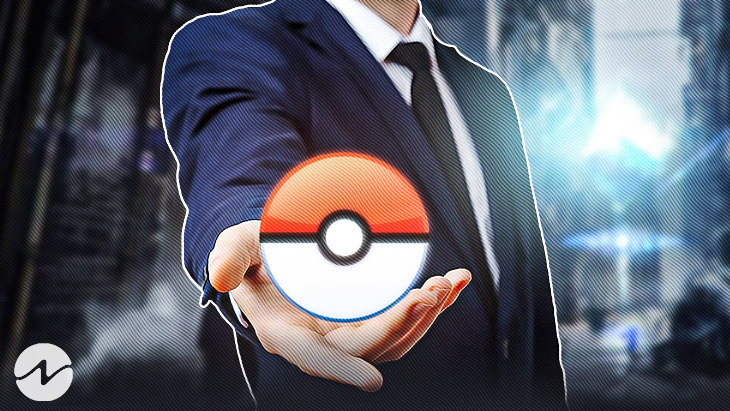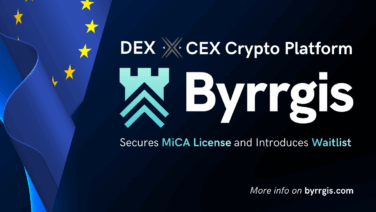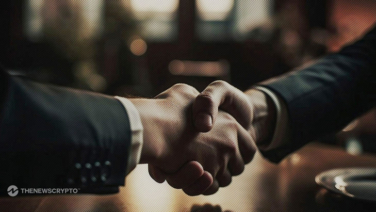The summer of 2016 will go down in history as a time when people around the globe took to the streets in search of their favorite Pokemon. With the launch of Pokemon Go on the 6th of July, there were now people wandering around cities wherever you looked.
From searching for new Pokemon to battling against other trainers in gym stops around their cities, the game rapidly became a social phenomenon. Videos flooded social media of thousands of people running through major cities to the site of a rare Pokemon. Even after the first waves of hype came and went, the impact that Pokemon Go had on the world was unmistakable.
Even now, years later, Pokemon Go is played by over 65 million people every single year. In this article, we’ll dive into the months and years that followed the release of Pokemon Go, exploring exactly how this game developed into the cultural phenomenon that it’s become known as.
Let’s dive right in.
Why Did Pokemon Go Become So Popular?
Pokemon is the most successful media franchise of all time, having brought in well over $100 billion USD in revenues. Beyond just commercial success, Pokemon has a cultural currency that few other franchises in the world have been able to create. Even if you’re not familiar with Pokemon or haven’t played, you’ve likely heard of the game throughout the course of your life.
For some, the initial pull toward Pokemon Go came from a sense of nostalgia. Those that had played Pokemon as kids were given a new way of connecting with their own youth and reliving some of their childhood memories through this exciting new application.
Yet, for most people, the pull of Pokemon Go was the fact that it became a social movement. As it was a game that could be played together, walking around the city and interacting with Pokemon and PokemonStops, it fostered connection. People would meet up with their friends and take to the streets, moving through their neighborhoods in order to play together.
Beyond just playing the game, this was a social form of connection, allowing people to connect over shared interests. At present, especially in America, there is an erosion of ‘third spaces’, places where people can meet up at that, aren’t their home or their workplace. These spaces must be free, allowing people to exist without having to pay to be there.
For many, Pokemon Go provided a new way to interact with a city. Instead of either being in your home or at work, it opened up the streets of every city to explore with friends. Especially considering how un-walkable most of America is, this allowed people to explore their surrounding environments in new ways, driven by their love of the game.
Pokemon Go was the perfect storm: nostalgia, fun gaming, community interaction, and time to connect with others. Its success came back to its social aspect, with the ability to complete activities together, forging new memories, experiences, and fun times to look back on for all.
Even now, if you look through any past video of people playing Pokemon Go on YouTube or other social media platforms, the comments are all filled with one single thing: nostalgia. People aren’t nostalgic for the game itself, but for the community spirit that it evoked. As our world becomes more secular and increasingly hyper-focused on work, opportunities to connect with others are eroding away.
Pokemon Go, by using social elements in their game, was able to change this.
Will Social-Driven Gaming Ever Return?
Pokemon Go isn’t nearly as popular as it once was. Yet, it acts as proof that social gaming is a phenomenal way of motivating people. The model of a game that’s based on a real-world map, allowing people to traverse their cities with others, is one that naturally has an appeal for many.
Peer, a blockchain ecosystem, has seen this as an opportunity, creating a social blockchain application. Within this world, users can move around their physical city, leaving notes on the map for other people to see. At its core, this system focuses on social connection, giving people a motive to get out of their houses and explore the world around them.
By using AR technology, people are able to interact with the world around them from their mobile devices. Through user interaction, this will build up a technological landscape on top of our real world, with users being able to go onto the app to see what messages, ideas, or advice people have left around the world for them to find.
Using the principles that made Pokemon Go so successful, Peer is building a new ledger for human truth, letting the digital world interact with the physical world in new and meaningful ways.
Social gaming is the future, with Peer leading the way.
Final Thoughts
At its core, Pokemon Go unlocked a sense of community that much of the world is lacking. With the degeneration of third spaces and the erosion of walkable cities in the States, many don’t have the opportunity to connect with their friends out in the open. Pokemon Go changed that, turning sidewalks, neighborhoods, and entire cities into social environments where people could meet and play together.
While Pokemon Go was definitely the beginning of this social-driven gaming, it’s far from the only option that’s out there. As we see social blockchain apps like Peer continue to gain support and followings, the social-driven gaming space will only continue to grow and develop.
With the power of blockchain technology, Peer could create a social phenomenon much like the one we saw with Pokemon Go.








